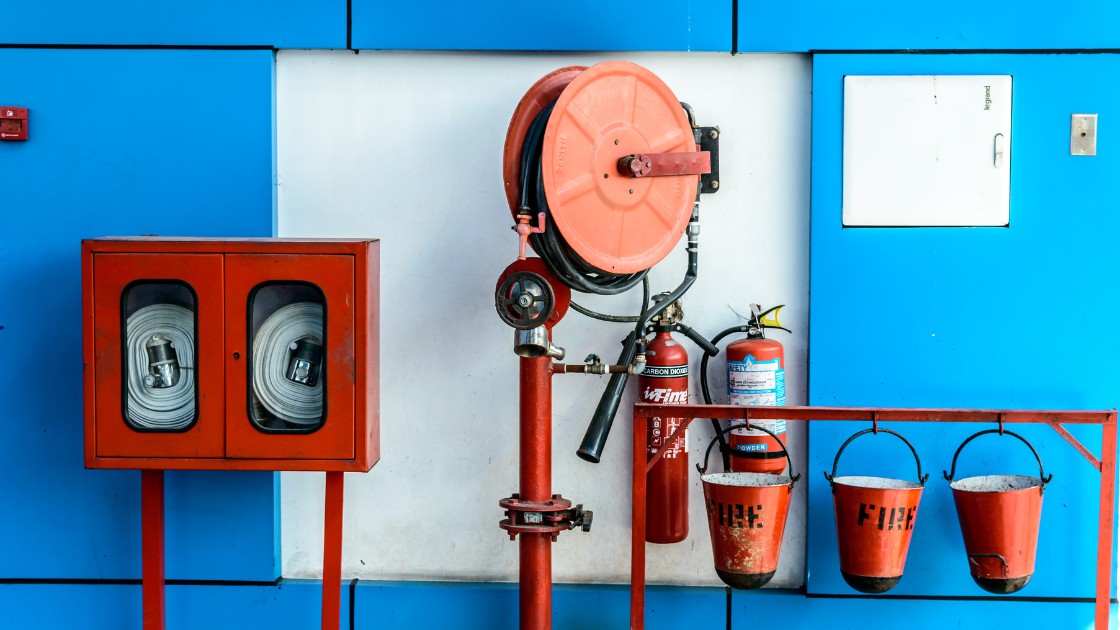Fire Alarm Servicing to Ensure Compliance and Safety

Fire alarm systems are essential for protecting lives and property in both residential and commercial settings. However, simply installing a system is not enough. Ongoing fire alarm servicing is necessary to ensure that the system remains in working condition and meets all relevant legal and safety requirements. Regular servicing helps maintain the performance of the alarm system, prevents unexpected faults, and ensures compliance with local fire regulations.
Why Fire Alarm Servicing Is Important
Over time, even the most advanced fire alarm systems can experience wear, damage, or faults due to environmental conditions, dust buildup, or electrical issues. Without regular servicing, these faults may go unnoticed until a fire occurs—when it’s too late.
Routine servicing ensures that every component of the fire alarm system is tested, cleaned, and fully operational. This not only enhances safety but also reduces the likelihood of false alarms and system failures. Most importantly, fire alarm servicing helps you comply with legal requirements and maintain insurance coverage.
Legal Compliance and Building Regulations
In many regions, fire safety laws require that fire alarms be regularly tested and serviced by qualified professionals. Commercial properties, rental accommodations, and public buildings are often subject to strict fire codes that outline how frequently fire alarm systems must be inspected.
Failure to follow these rules can result in heavy fines, legal liability, or invalidated insurance claims. By scheduling regular servicing, property owners and managers demonstrate due diligence and reduce the risk of non-compliance.
What Fire Alarm Servicing Involves
Fire alarm servicing typically includes a thorough inspection and testing of all components of the system. The service is usually carried out by a certified fire alarm technician and involves:
- Visual inspection: Checking all alarms, call points, detectors, and control panels for signs of wear, obstruction, or damage.
- Functional testing: Activating each detector and manual call point to ensure proper response from the system.
- Sounder tests: Verifying that audible alarms and visual indicators (such as flashing beacons) are working correctly.
- Battery check: Testing and, if necessary, replacing the backup battery to ensure the system works during power outages.
- Control panel analysis: Reviewing event logs, error codes, and confirming system programming is correct.
- Cleaning and calibration: Removing dust and adjusting sensitivity levels of detectors to maintain accurate detection.
After the service, a detailed report is usually provided, documenting the condition of the system and any repairs or adjustments made.
Recommended Frequency of Servicing
The frequency of fire alarm servicing depends on the type of building and the level of risk involved. However, the general recommendation is:
- Twice a year for commercial and public buildings
- Annually for smaller residential properties
- More frequently if the system has experienced false alarms, environmental challenges, or system alterations
Regular weekly or monthly user checks should also be conducted to ensure the system is operating as expected between professional services.
Benefits Beyond Compliance
While legal compliance is a major reason for fire alarm servicing, there are additional advantages:
- Reliability: Ensures that the system will perform when needed.
- Cost savings: Reduces the risk of expensive emergency repairs or equipment replacements.
- Reputation protection: Maintains trust among employees, tenants, or customers by demonstrating a strong commitment to safety.
- Insurance protection: Many insurers require proof of regular servicing to honour claims in the event of a fire.
Conclusion
Fire alarm servicing is a vital responsibility for property owners, landlords, and facility managers. It ensures that the system is fully functional, compliant with fire safety laws, and ready to protect lives and assets in the event of a fire. By investing in regular inspections and maintenance, you not only meet legal obligations but also create a safer, more secure environment for everyone who enters your building.
